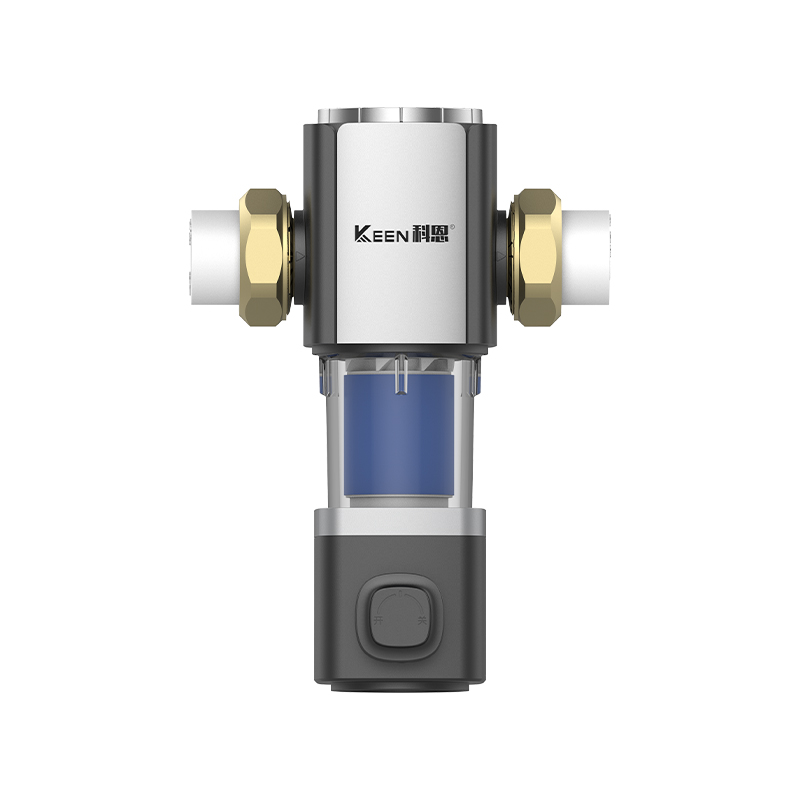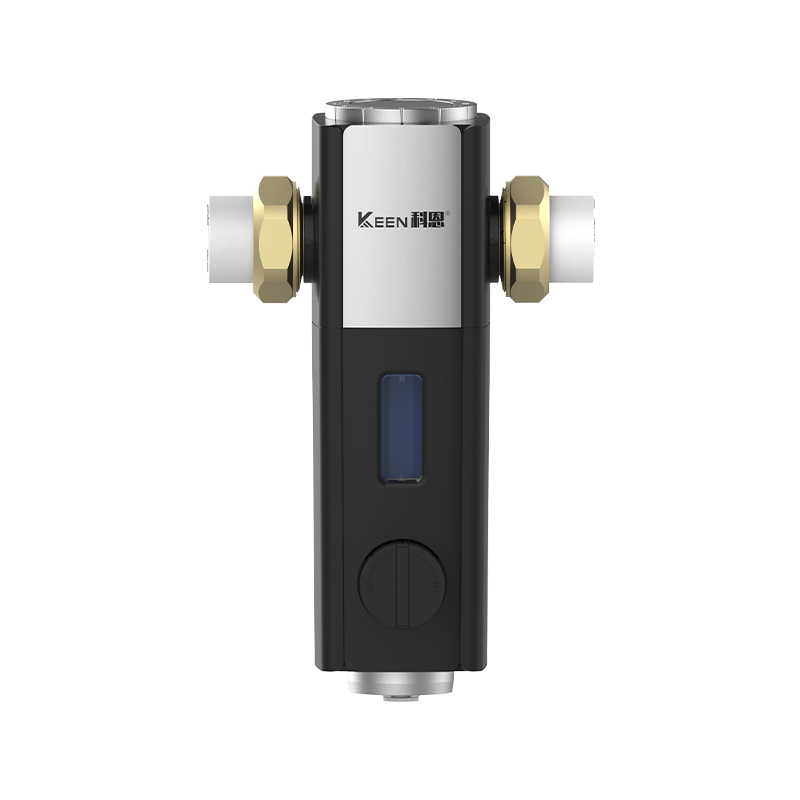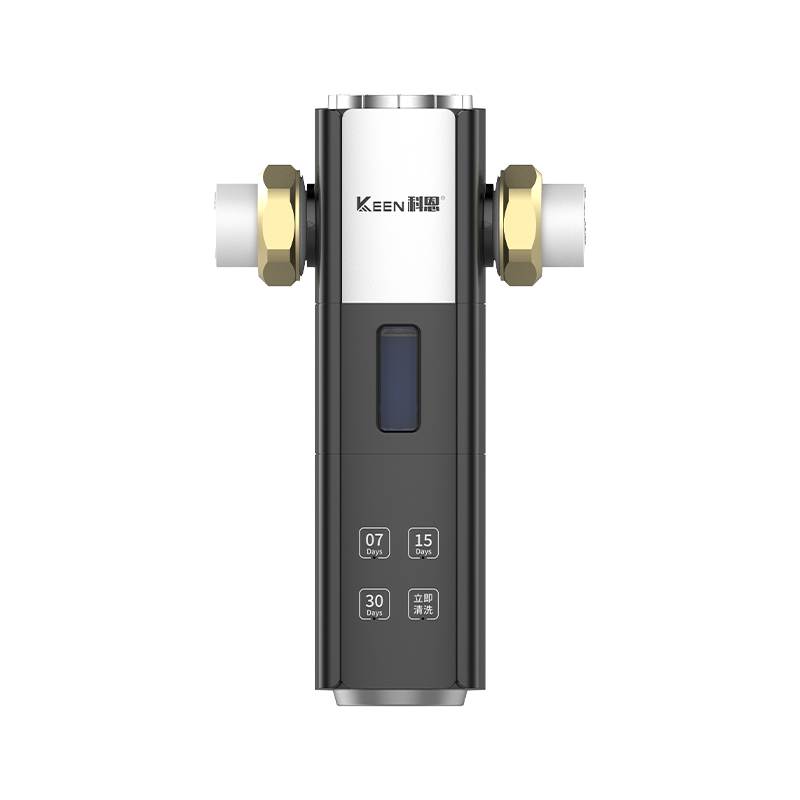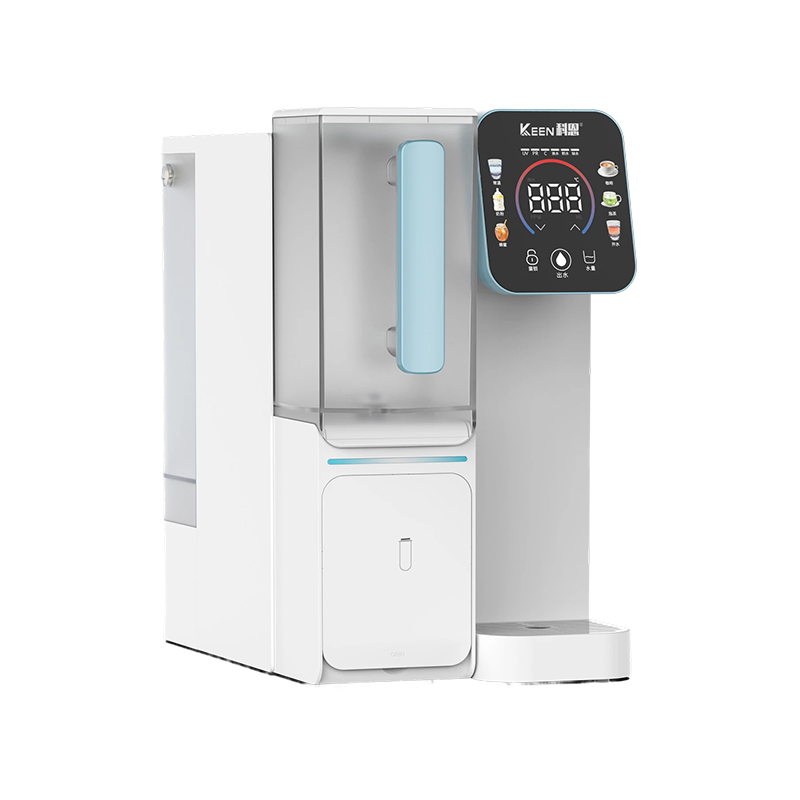How to troubleshoot a leaking kitchen water purifier?
Release Time : 2025-11-20
When an Under kitchen water purifier leaks, a systematic troubleshooting process is necessary to pinpoint the leak. This involves a step-by-step approach, including emergency handling, checking the connections, filter condition, piping, water tank condition, and casing integrity, culminating in professional testing.
Upon discovering a leak, immediately shut off the inlet valve to cut off the water supply and prevent further seepage. If the purifier is electrically powered, unplug it simultaneously to avoid the risk of electric shock. Then, use a dry cloth or absorbent cloth to clean any remaining water from the bottom and surrounding area to prevent mold growth in cabinets or damage to the floor. This step is fundamental for subsequent inspections, preventing secondary damage and clearly identifying the leak.
Loose connections are a common cause of leaks. The Under kitchen water purifier's connections include the inlet, outlet, filter connector, and water tank connection pipe. Gently wiggle the connection pipe; if it moves, the connection is loose. For quick-connect interfaces, press the outer clip, pull out the tube, and reinsert it firmly until you hear a "click," indicating proper installation. For threaded interfaces, use a wrench to gently tighten clockwise, being careful not to overtighten and crack the interface. If the sealing ring at the interface is aged, deformed, or damaged, leakage may still occur even if the interface is tightened. In this case, use tweezers to remove the old sealing ring, clean the interface, install a new sealing ring of the same model, and then reconnect the tube.
Filter cartridge issues can also cause leaks. If the filter cartridge is not fully inserted into the slot or has exceeded its recommended lifespan, water may seep from the bottom of the filter compartment. Turn off the water supply, open the filter compartment cover, and remove the filter cartridge to inspect it: If the filter cartridge is not fully inserted, align it with the slot and press it until locked; if the filter cartridge casing has cracks, the end cap is cracked, or it has been used for too long (e.g., PP cotton filters are typically replaced every 3-6 months, RO membranes every 2-3 years), replace it with a new filter cartridge of the same specification immediately. Before installation, check that the filter cartridge's sealing film has been removed and ensure that the sealing ring is aligned with the slot.
Aging or damaged pipes are another common cause of leaks. Under-kitchen water purifier pipes, including PE and PP pipes, may develop cracks, holes, or softening and deformation due to aging, wear, or external impacts over time. If the damage is near the connection and is a flexible hose, turn off the water supply, cut the damaged section with scissors, and reinsert it tightly. If the damage is severe or a rigid pipe is cracked, measure the pipe length and size, and purchase a food-grade pipe of the same specification for replacement, ensuring the connection is securely tightened.
A faulty storage tank can also cause leaks. If the leak is near the storage tank, check if the tank connections are loose. Re-tighten or replace the sealing ring as described for loose connections. If the tank is cracked, leaking welds, or the pressure tank has lost pressure (water flows very slowly), the entire storage tank needs to be replaced. When purchasing a new tank, ensure it is compatible with your water purifier. If the tank is found to be swollen or deformed, stop using it immediately and replace it to avoid the risk of explosion.
If leakage persists after ruling out the above causes, check if the water purifier's outer casing is cracked. Carefully inspect the bottom plastic casing; if cracks are present (often due to impact or aging), minor cracks can be repaired with food-grade waterproof adhesive, but it is strongly recommended to contact the brand's after-sales service for replacement. If internal components are damaged (such as a leaking mainboard or a malfunctioning pressure reducing valve causing excessive water pressure to break the seal), a professional technician must disassemble and inspect the unit. Do not attempt to disassemble any electrical components yourself.
Regular maintenance of the under-kitchen water purifier during daily use can effectively reduce the risk of leaks. For example, replace the filter cartridge on time, check the tightness of the connections, and avoid external impacts. If you are unable to handle the leak yourself, contact the brand's after-sales service immediately to avoid further damage.







